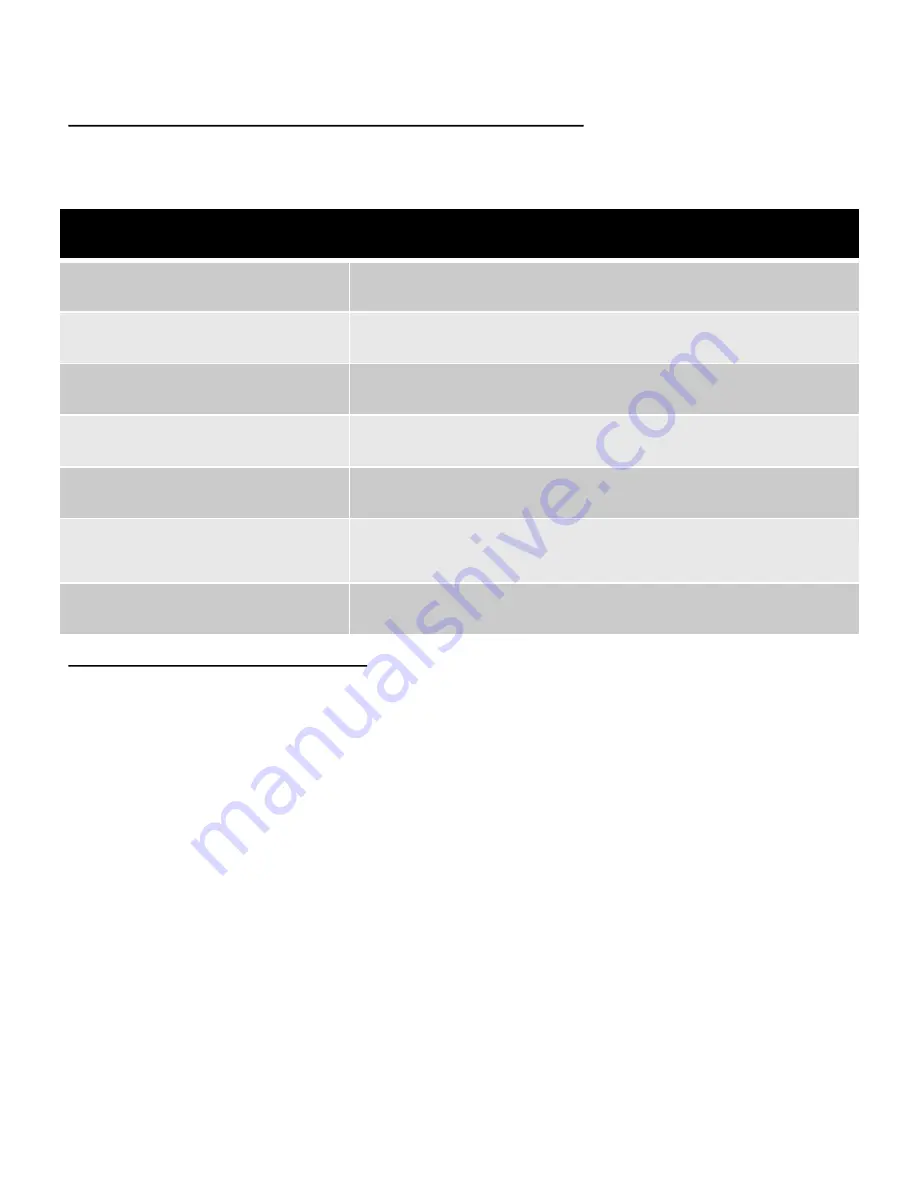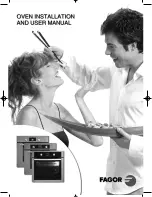
12
➢
About Microwave Cooking
MATERIALS TO BE AVOIDED IN A MICROWAVE OVEN
The chart below will help you decide what utensils, containers and coverings may be used
with each feature. Make sure utensils DO NOT touch the interior walls of the oven during
cooking.
Materials to be AVOIDED in a Microwave
Aluminum tray
May cause arcing. Transfer food to microwave-safe dish.
Food carton w/ metal handle
May cause arcing. Transfer food to microwave-safe dish.
Metal or Metal trimmed utensils
Metal shields the food from microwave energy. Metal trim
may cause arcing.
Metal twist ties
May cause arcing and could cause a fire in the oven.
Paper bags
May cause a fire in the oven.
Plastic foam
Plastic foam may melt or contaminate the liquid inside when
exposed to high temperatures.
Wood
Wood will dry out when used in the microwave oven and may
split or crack
UNDERSTANDING YOUR OVEN
DO NOT use the oven without the turntable and support OR turn the turntable over so that a
large dish can be placed in the oven.
The turntable will turn both clockwise and counterclockwise.
ALWAYS have food in the oven when it is on to absorb the microwave energy.
When using the oven at power levels below 100% you might hear the magnetron cycling on
and off.
It is normal for the exterior of the oven to be warm to the touch when cooking or reheating.
Condensation is a normal part of microwave cooking. The humidity in a room and the
moisture in food will influence the amount of moisture that condenses in the oven. Usually,
covered foods will not cause as much condensation as uncovered foods.
The cooling fan will go off after you use the CONVECTION, GRILL/COMBINATION or
CONVECTION/ROAST features. The fan will operate until the temperature inside the oven
cools.













































